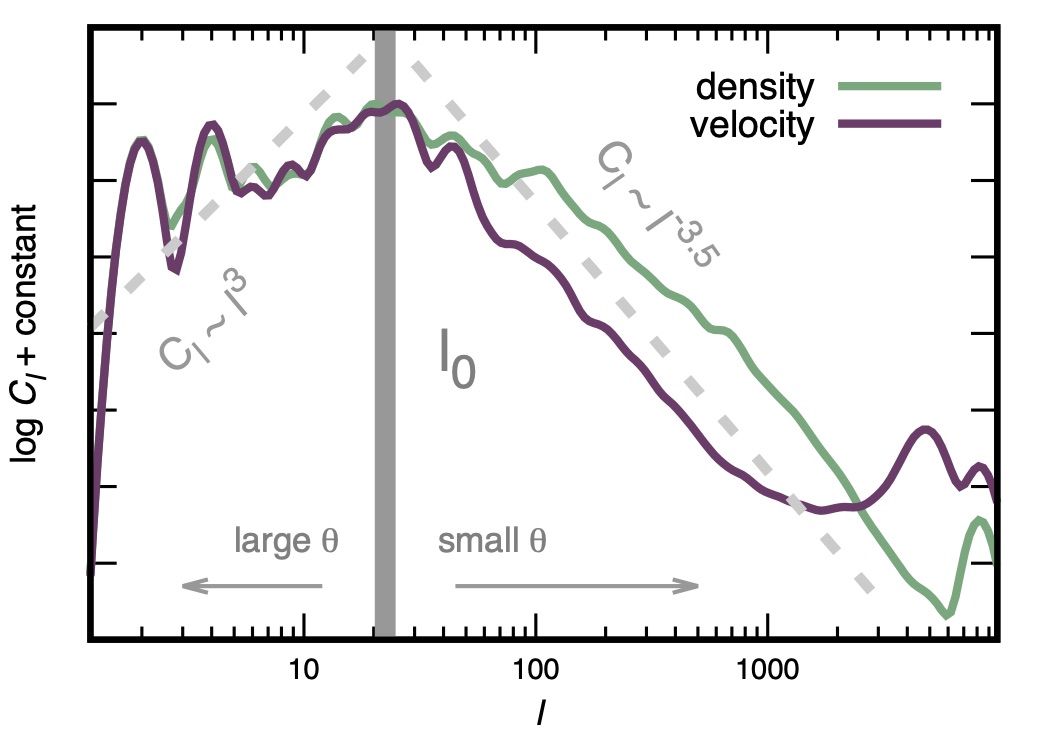Supernova Remnants
Research | | Links: Paper | AAS Interview

The Tycho supernova remnant (left) and a variety of our remnant models tracing the dominant angular mode in the remnant power spectrum (right).
 A 8192x8192 (rxθ) simulation of a supernova running into a circumstellar medium. The contact discontinuity between the forward and reverse shoack has become Rayleigh Taylor unstable.
A 8192x8192 (rxθ) simulation of a supernova running into a circumstellar medium. The contact discontinuity between the forward and reverse shoack has become Rayleigh Taylor unstable.
JWST is revitalizing both infrared science and public excitement for astronomy. One of the fields I am looking forward to the most is that of supernova remnants (SNRs). Not only will JWST provide new images of familiar remnants that will excite the public, but these images will also reveal never before observed regions of the remnants. The infrared is able to probe cool, unshocked regions of the SN ejecta both photometrically and spectroscopically. Inspired by these upcoming observations I have been working in a new direction in order to develop a new method for analyzing SNRs.The goal was to establish a quantitative method for understanding the morphology of SNRs. We showed that by decomposing the remnant into spherical harmonics and building a power spectrum of angular modes, it is possible to identify which scales in the remnant are dictated by turbulence and which exhibit features endemic to the underlying supernova.
 An example power spectrum of one of our remnant models. The power spectra break at a value we have called the dominant angular mode θ0 = π/l0. This represents the highest amplitude angular scale in the SNR. We show the value of l0 is determined soley by the density profile of the SN ejecta.
An example power spectrum of one of our remnant models. The power spectra break at a value we have called the dominant angular mode θ0 = π/l0. This represents the highest amplitude angular scale in the SNR. We show the value of l0 is determined soley by the density profile of the SN ejecta.
Using this novel way of studying remnants we discovered that the peak in the power spectrum is determined solely by the density profile of the SN ejecta. This is an exciting result as different theoretical SN progenitors predict different density profiles for their ejecta, thus we have determined a new way to probe the underlying physics of the SN during the remnant phase.